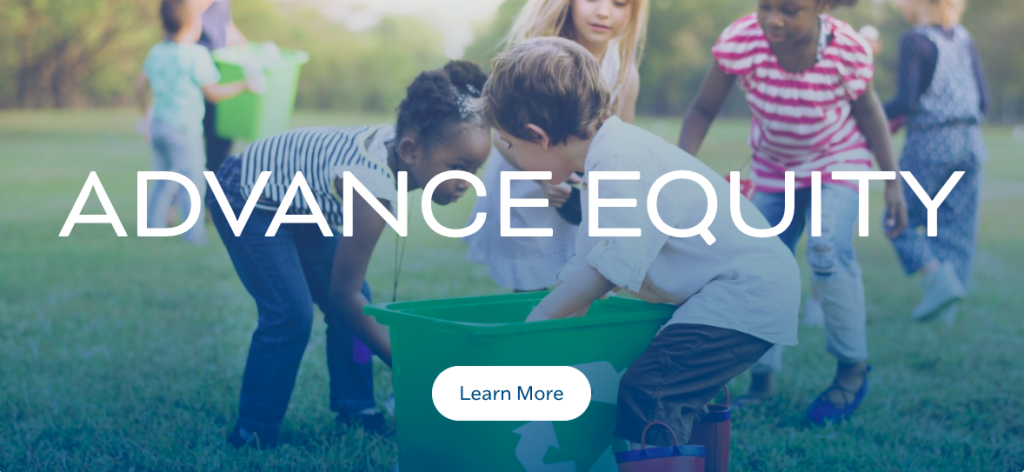Oct 13, 2021
A New Campaign Aims to Make Solar Schools Mainstream

For more than a decade, K-12 schools have been the biggest customers of Secure Futures for rooftop solar. Over our time working with schools, even as solar schools have proliferated across the country and the southeastern states we serve, one thing has remained constant.
Schools want to go solar for two reasons: to save money on energy and to help fight climate change. And if they can integrate solar panels into their classroom work, more the better.
When we first started helping schools go solar, those schools were early adopters. They enjoyed the leadership that came from installing the first major solar power system in their area or boasting the biggest one in the state at the time. But for these early adopters of solar, it was lonely at the top. As pioneering customers of ours in Virginia like Augusta County Public Schools and Richmond Public Schools adopted solar power in a big way, many other school districts in the state and around the Southeast were waiting to see whether solar on campus would live up to its promises.
By now, the verdict is in: solar has proven to save schools money that they can invest in teacher salaries and other ways to support their core mission of education. In addition, schools have now become recognized leaders in fighting climate change, profiled in the news media and celebrated with awards.
And now there’s a new twist on schools adopting clean energy: electric school buses.
So far, only a handful of schools have any EV buses at all. But more buses are on the way. And every school district in the country is certainly wondering how and when they can get their first electric bus. Schools know that it’s the right thing to do for their kids and their communities, and parents are getting more active in demanding that schools accelerate their plans to convert dirty diesel buses to clean electric ones.
And of course, those shiny new EV buses will do even more for the environment if they are not just plugged into the grid to use dirty electricity from coal and gas but instead if the buses are juiced up with clean solar power generated right on campus.
Running clean buses on clean power is one aspect of a new campaign by the respected Aspen Institute to help make America’s schools into a major force to fight climate disruption. The K-12 Climate Action campaign seeks to “to unlock the power of the education sector to be a force toward climate action, solutions, and environmental justice to help prepare children and youth to advance a more sustainable, resilient, and equitable society.”
A blog post announcing the new campaign highlights the need and the opportunity. First, the need:
- Mitigate. With nearly 100,000 public school across the country that serve a billion meals a year and run nearly half a million school buses (the nation’s largest transit system!), K-12 schools use a lot of energy and emit a lot of climate pollution. Helping schools go green will cut a lot of pollution and save a lot of resources.
- Adapt. While they do their part to fight climate change, schools also need to adapt to changes in the weather that are already here and that it is now impossible to avoid in the near future. Hurricanes and wildfires driven or worsened by climate change have cost students weeks of lost classroom time in the areas that have been hardest hit like Puerto Rico and California. Schools need to find a way to continue to operate on a normal schedule in a changing climate.
Then, the opportunity:
- Educate. On-site clean energy offers an opportunity for schools to educate 50 million students about clean energy and climate to prepare them for active lives as citizens and promising careers in the 21st century energy economy.
- Advance Equity. People of color and indigenous people have long suffered both from pollution in their communities caused by fossil fuel production and from underfunded schools. Schools can do their part to reduce demand for dirty energy while investing budget savings from energy conservation into schools that need the most support.
This short video overview of the K-12 Climate Action campaign shows just how helpful it can be for schools to switch to clean energy and how impactful leveraging the massive resources of our nation’s schools can be for America’s fight against climate change.